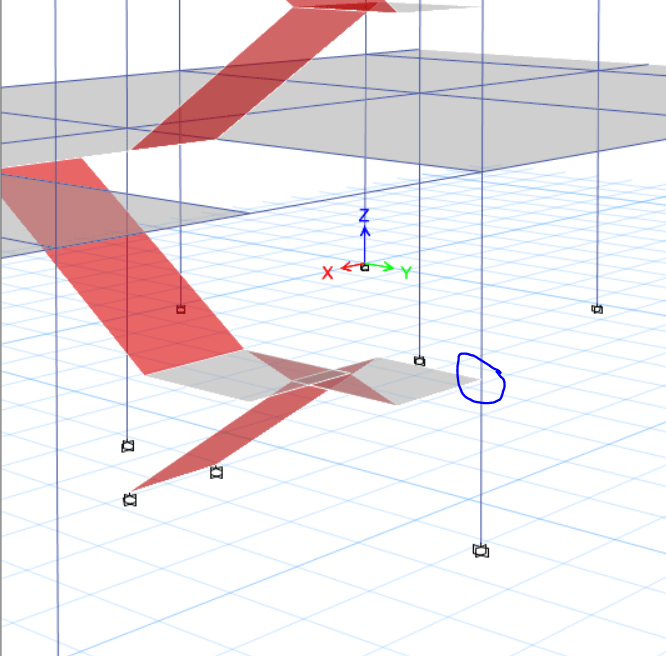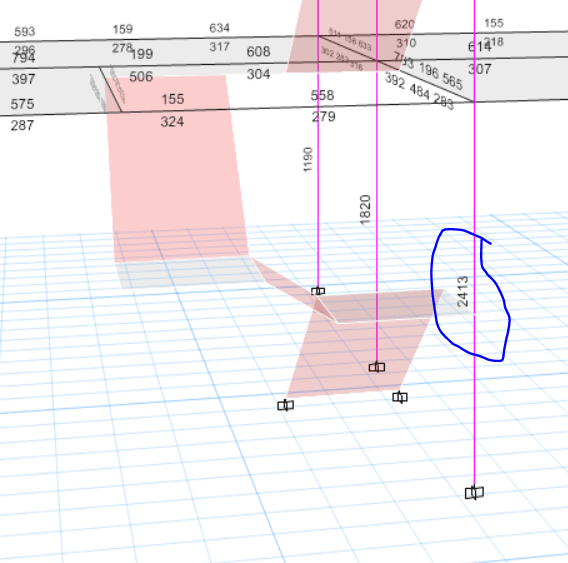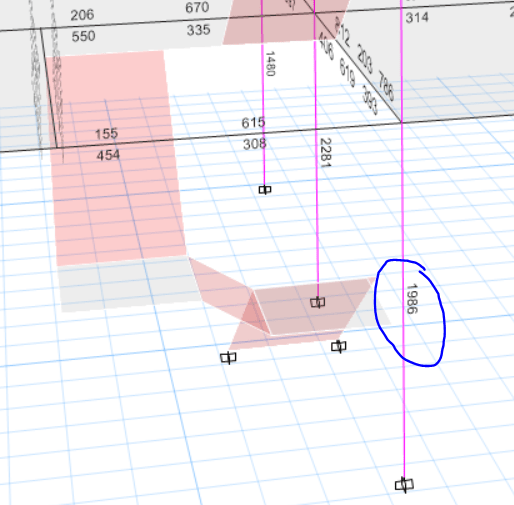Staircase acts as bracing and also modeling staircase changes eccentricity of structure . In my country , it's in practice to not provide landing beam to prevent short column effect . the landings are rested on masonry wall.
How can I provide sliding connection , How can I model to depict real case scenario , I am new to etabs , thank you for the reply.


